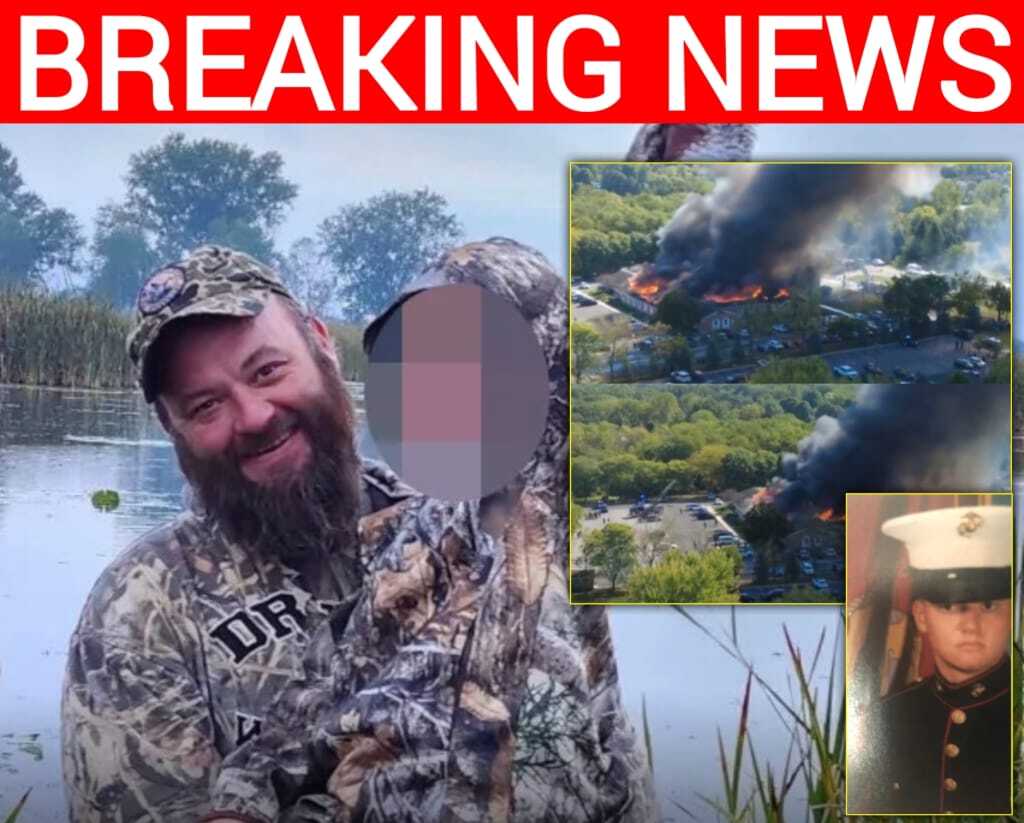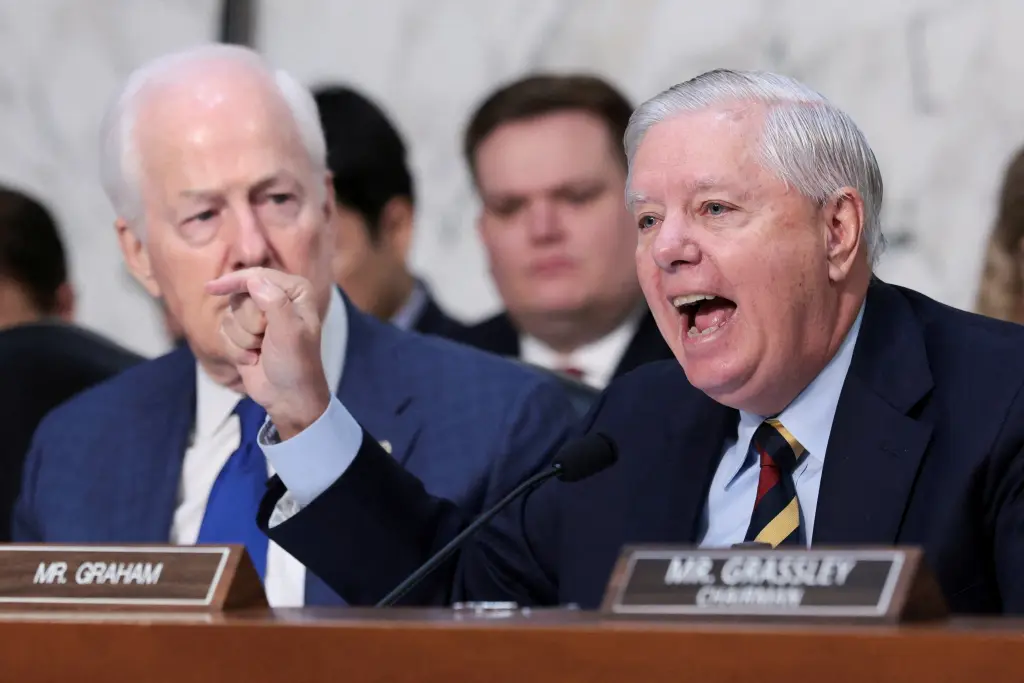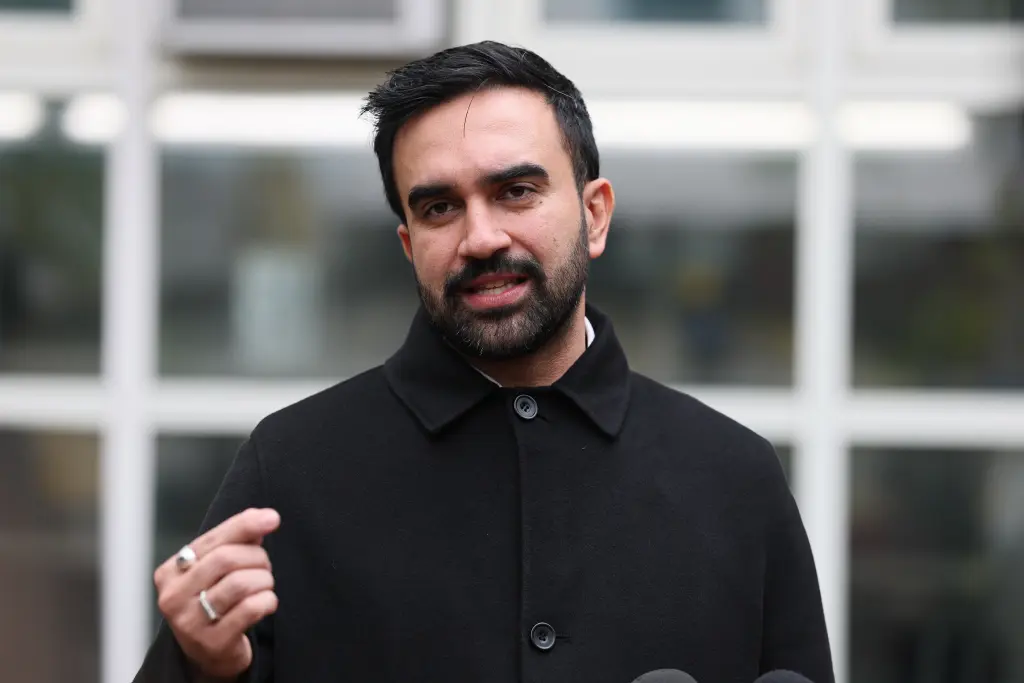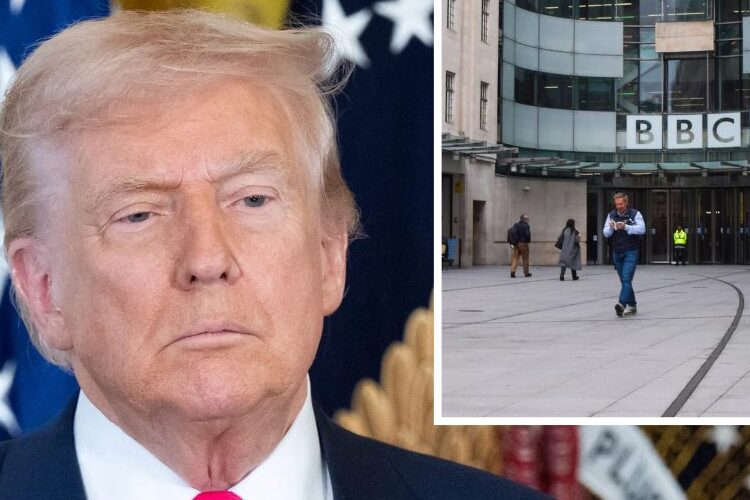Church Massacre in Grand Blanc: Shooter Thomas Jacob Sanford Killed After Ramming, Shooting and Setting Fire to LDS Church
On Sunday morning, what was meant to be a quiet time of worship instead turned into a nightmare for a community in Michigan. At the Church of Jesus Christ of Latter-day Saints in Grand Blanc Township, a 40-year-old man reportedly named Thomas Jacob Sanford drove a pickup truck into the building during a Sunday service attended by hundreds. After crashing through the front doors, he got out and opened fire on congregants, striking multiple people. Then the horror escalated further as the church was set ablaze.
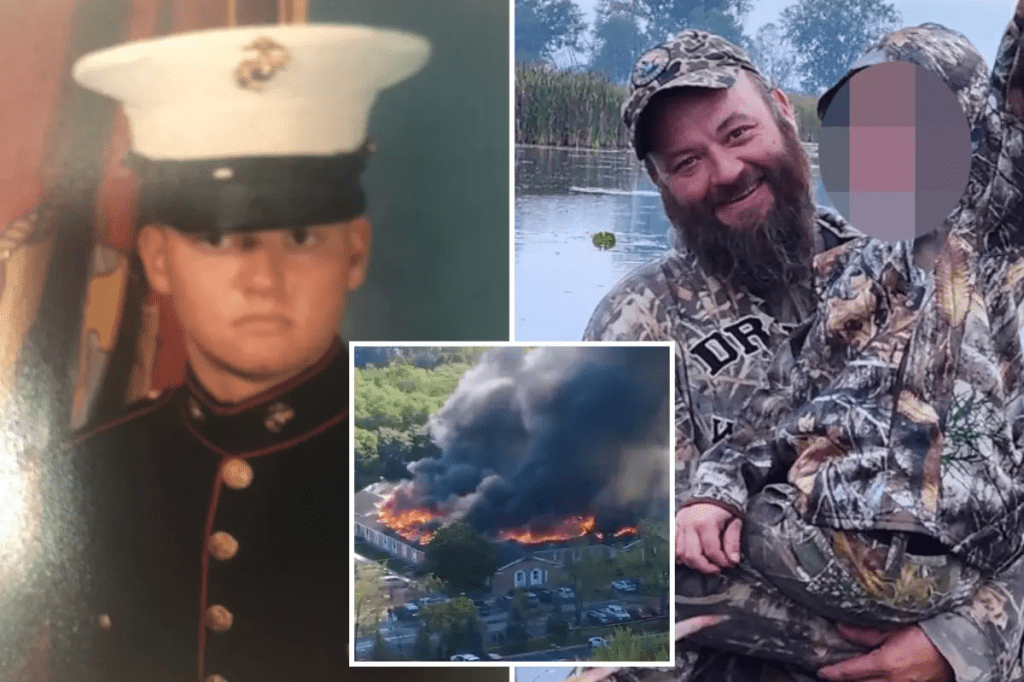
Police confirmed that the suspect was killed in a shootout with responding officers. In all, at least two people died in the attack, and several others were wounded. Firefighters worked to extinguish the blaze, which had caused significant damage and partial collapse in sections of the building. Authorities believe the fire was started deliberately, a part of the coordinated violence that included crashing the vehicle, using a firearm, and then turning the sanctuary into a burning structure.
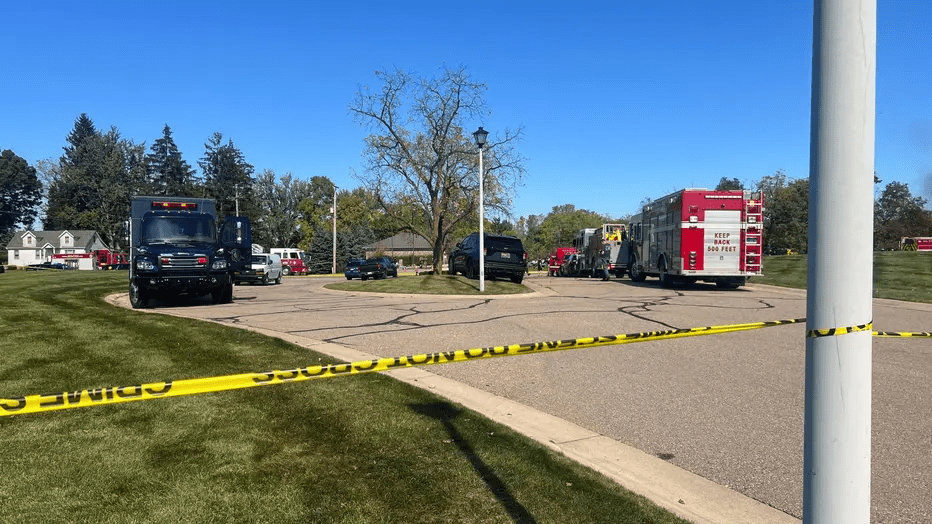
As investigators began combing the scene, federal agencies including the FBI and ATF joined local police in the hunt for motives and evidence. Search warrants were executed, and cellphone records were being examined to piece together how and why a man once viewed by neighbors as a hunter, a family person, perhaps even a longtime churchgoer or at least a visible community member, ended up committing such a violent act.
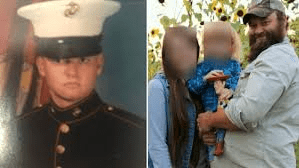
The fact that the attacker is now identified makes the tragedy feel oddly closer, and more heartbreaking. Sanford, identified in some reports, was from Burton, a nearby city, and was about 40 years old. He served time as a U.S. Marine veteran, having deployed to Iraq from 2004 to 2008. That background, along with images of him posted online showing scenes of hunting or family life, contrasts sharply with the violence he brought that morning.
Community members say this feels like more than a crime — to many, it is being called an attack on Christians. National and state leaders echoed that view: President Donald Trump and Michigan Governor Gretchen Whitmer both issued statements, condemning the violence and describing the attack as targeted toward people of faith. The white smoke and blackened rubble of the church are stark symbols now, of how even buildings meant to shelter believers can become battlegrounds.
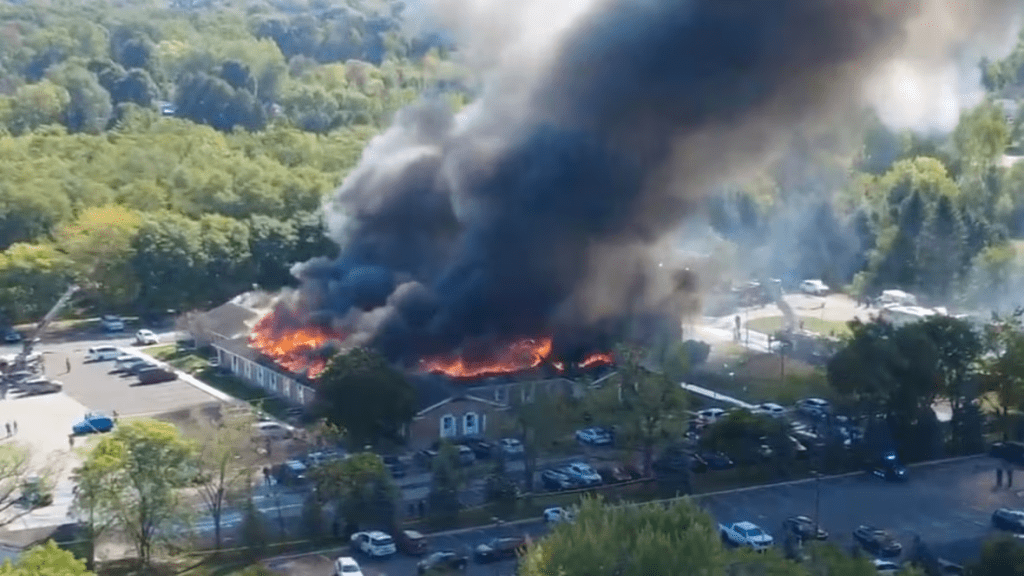
One witness said worshippers were stunned, pointing at shattered glass, the sound of gunfire, the roar of flames and collapsing roofs. The community is reeling. Neighborhoods that once felt safe feel exposed. Families are grieving. Faith leaders are calling for prayers, solidarity, unity. The church itself, a place that once held hope and peace, now lies in smoldering ruins.
Through the smoke and sorrow, people in Grand Blanc are asking difficult questions. How could someone so familiar become so dangerous? Was this premeditated or the result of a deep personal crisis? How should places of worship protect themselves without losing their spirit of openness?
In the coming days, more details may emerge: motives, manifestos, possible warning signs, mental health history. What is clear now is that Grand Blanc will not forget. Two lives lost, many more injured, a church destroyed, hearts shattered. And for those who worshipped there, what was once a sanctuary is now a scarred memory.
